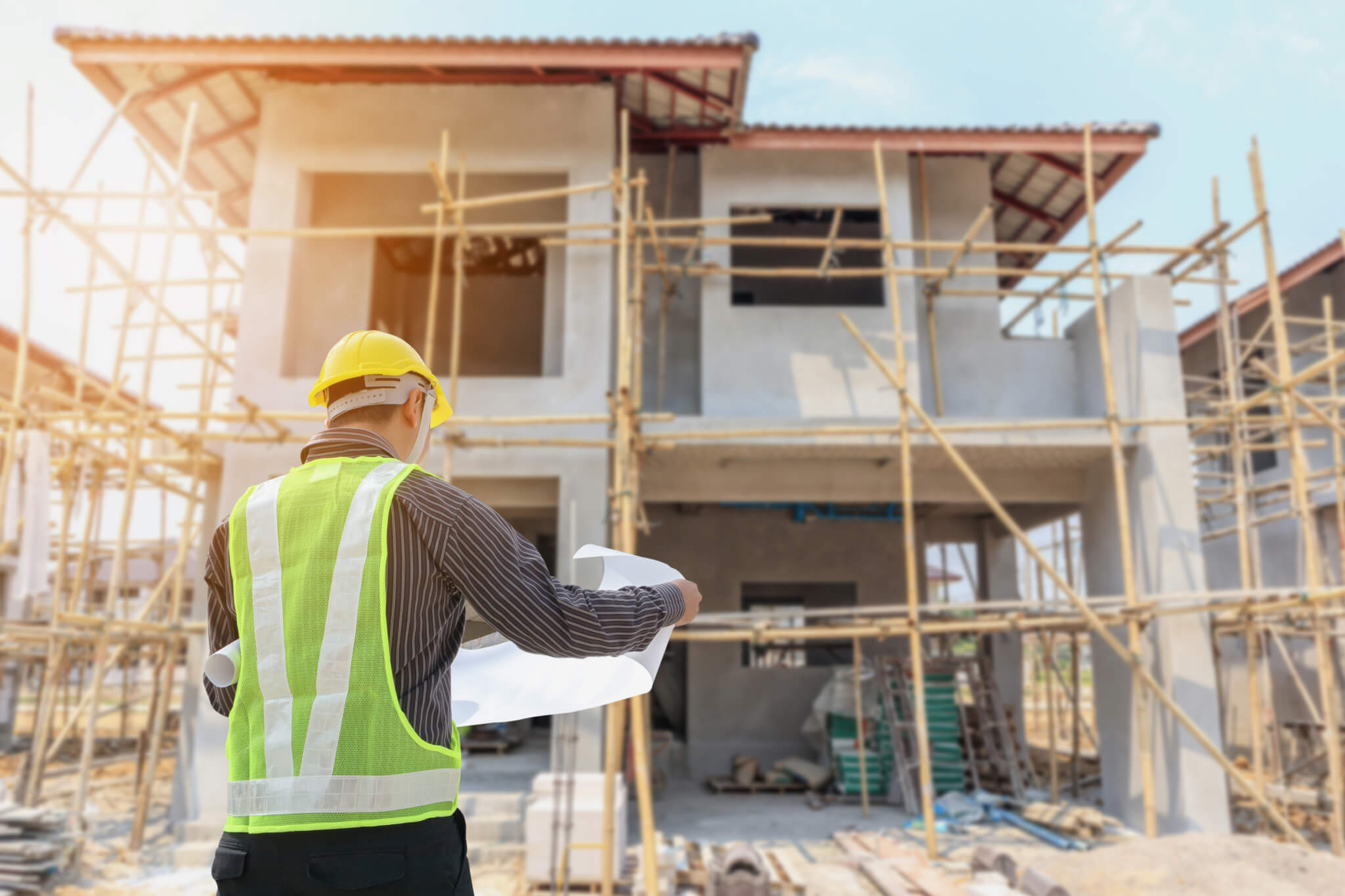April 26, 2023
Construction is an incredible combination of parts, pieces, and people that come together to deliver the desired result. Regardless of the structure you’re building at some point, all these elements depend on one another in some form or fashion. It’s beautiful when they all seamlessly flow together, and in a perfect world, they always would, but the construction world is far from perfect.
No, the construction world isn’t perfect, and no matter how hard you try to make everything go as planned, there’s always the potential for a delay. Delays come with the territory, and how you deal with these seemingly ever-present challenges can inevitably determine the success of your project.
What Happens When Delays Happen
When delays happen, the impact is pervasive:
- There are the costs. Time is money; the more time you spend over what you’ve allotted, the lower your profit margins.
- Contractors can’t repay loans taken out to finance the project. The inability to pay has a ripple effect because their credit takes a hit, making it harder to fund future opportunities.
- Delays jeopardize the quality of work as staff members find themselves cutting corners to make up for the lost time.
Avoiding Delays
Delays are part of the construction industry. Some things, like natural causes, storms, floods, and other occurrences, are beyond your control. But for those you can control, here are a few tips to keep them in place and keep your project on track.
Managing Your Budgets and Estimating Accurately
Managing a budget and estimating are two must-haves for any construction project. Mismanagement in these two areas can quickly wreck your project, leading to costly delays that damage your profits and credibility. One way to overcome this challenge is to research similar projects that you and other firms might’ve done. Infuse those findings into your project where appropriate to alleviate any budgeting or estimating challenges you might incur.
Another option is to add cushion time and costs. Rarely does a project go just as you plan it, and this is where the value of having a cushion comes into play. Having a cushion allows you to overcome unforeseen challenges while keeping your project on track for delivery.
Review the Designs Frequently
Every person on a construction site has an encounter with the designs at some point in time. But, even for the most highly trained construction professional, one thorough review and a few casual reviews aren’t enough. The mistake many make is assuming that once or twice, or maybe three times, was sufficient when you can’t become too familiar with the design. Designs change during a project meaning how you manage them should do the same.
No matter what stage you’re in or your role, make it a point to carve out time in your daily duties to ensure your tasks align with the design. Reviewing the designs and building a connection to them will save valuable time and protect you from costly delays.
Communicate
Assuming is the enemy of communicating: especially on a construction site where there is little margin for error and communication comes at a premium. If plans change, consult with the customer and all levels of site management to ensure the scope of your duties aligns with the project.
Make sure everyone on the job knows who controls critical areas. If there’s one person dedicated to approvals, be sure every team member knows who they are and how to contact them. Another way to offset communication challenges is to schedule meetings to review progress. Another option is asking each member for random updates on their tasks. Individual accountability is an excellent way to ensure everyone is connected and moving in the same direction.
Conclusion
Delays in the homebuilding process are accurate; this much we know. They’re beyond our control and as much a part of the process as hammers and nails. Communicating, planning, and remaining focused, are ways to overcome these inherent challenges. Construction isn’t a perfect world: far from it. But diligently applying these practices will help you overcome them and position your project for success.
AIA Document A111™–2021 is intended to be used for a single family residential project when the owner hires a home builder to perform the construction. Learn more here: A111– 2021, Owner and Home Builder Agreement for Construction of a Single Family Home
AIA Contract Documents has provided this article for general informational purposes only. The information provided is not legal opinion or legal advice and does not create an attorney-client relationship of any kind. This article is also not intended to provide guidance as to how project parties should interpret their specific contracts or resolve contract disputes, as those decisions will need to be made in consultation with legal counsel, insurance counsel, and other professionals, and based upon a multitude of factors.

